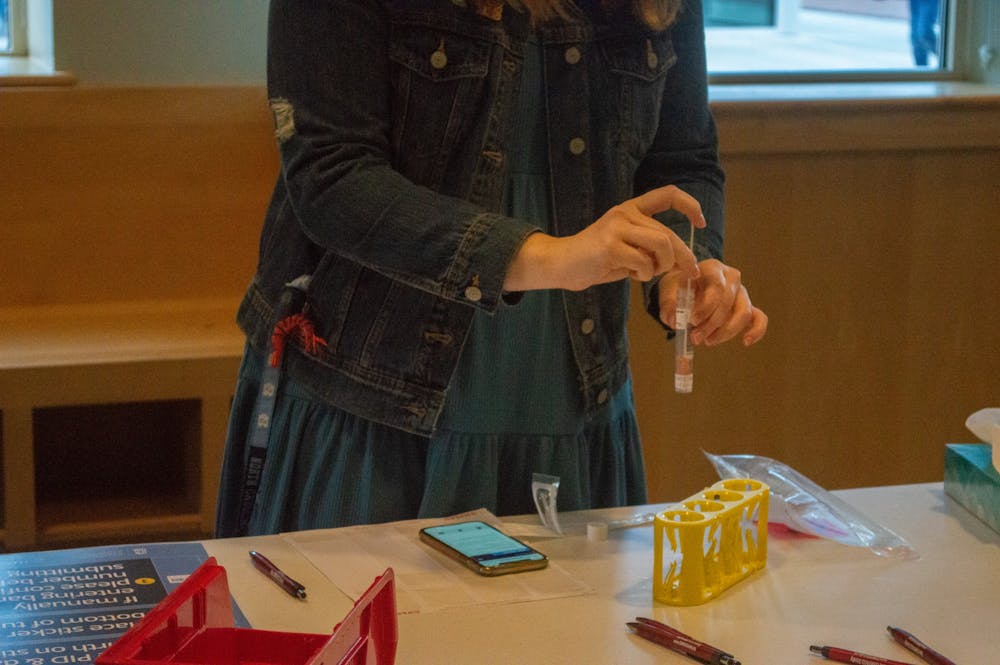The first week of move-in for the fall semester – and the first week students returned to campus after the pandemic began — the University conducted 354 tests for COVID-19. Over the spring semester's first week of class, it did over 13,000.
Here’s how UNC-Chapel Hill pulled off an over 3,000 percent increase in testing for a semester that has by-and-large avoided the COVID-19 crisis of the fall.
After sending students home only seven days into the fall semester, the University set out to completely revamp its testing program for the spring. Dr. Amir Barzin, a professor in UNC’s Department of Family Medicine, was tapped to lead the effort.
“My goal going into it was to make a fast, easy, reliable experience for students that would allow us quick turnaround time for tests (and) limit, as much as possible, any kind of human error or manual labor,” Barzin said.
His team developed the Carolina Together Testing Program, which requires students taking classes on-campus or living in dorms to get tested twice a week, while students with remote classes who live off-campus get tested once weekly.
The process is organized through the UNC Hall Pass web-based app, which gives students a unique bar code for each test they take at one of three testing locations on campus. Results are typically returned within two days.
Since the spring semester began, the percent positivity rate of COVID-19 testing has rested at about 0.5 percent, a far cry from the 13.6 percent positivity rate that prompted the University to move classes online in August.
“It definitely does make me feel safer,” said Gabriela Duncan, a student volunteer for the testing program. “I just think that if we implemented this program last semester, it would have made a huge difference.”
When the fall semester began, testing on campus was only available at Campus Health. These tests could also take a while to return results which, as Rachel Graham, an epidemiologist at the UNC Gillings School of Global Public Health pointed out, is not sufficient to limit spread.



